-
 Bitcoin
Bitcoin $115200
0.84% -
 Ethereum
Ethereum $3716
6.14% -
 XRP
XRP $3.073
4.30% -
 Tether USDt
Tether USDt $1.000
0.01% -
 BNB
BNB $768.8
2.24% -
 Solana
Solana $169.2
4.51% -
 USDC
USDC $0.9999
0.02% -
 Dogecoin
Dogecoin $0.2106
5.86% -
 TRON
TRON $0.3330
1.66% -
 Cardano
Cardano $0.7550
3.93% -
 Hyperliquid
Hyperliquid $38.79
1.50% -
 Stellar
Stellar $0.4139
3.58% -
 Sui
Sui $3.592
4.32% -
 Chainlink
Chainlink $17.10
4.88% -
 Bitcoin Cash
Bitcoin Cash $575.7
5.78% -
 Hedera
Hedera $0.2505
0.85% -
 Avalanche
Avalanche $23.00
7.61% -
 Ethena USDe
Ethena USDe $1.001
-0.01% -
 Litecoin
Litecoin $121.3
9.72% -
 Toncoin
Toncoin $3.409
-4.39% -
 UNUS SED LEO
UNUS SED LEO $8.922
-0.47% -
 Shiba Inu
Shiba Inu $0.00001252
2.54% -
 Uniswap
Uniswap $9.935
8.62% -
 Polkadot
Polkadot $3.721
3.19% -
 Monero
Monero $305.9
0.61% -
 Dai
Dai $0.9998
-0.02% -
 Bitget Token
Bitget Token $4.389
1.41% -
 Cronos
Cronos $0.1401
7.61% -
 Pepe
Pepe $0.00001077
2.99% -
 Aave
Aave $268.1
3.05%
How do EMV and Bollinger Bands work together? Are signals near the upper and lower rails more reliable?
EMV and Bollinger Bands together offer traders a robust tool for spotting trends and entry/exit points in crypto markets, enhancing decision-making reliability.
May 24, 2025 at 02:49 pm
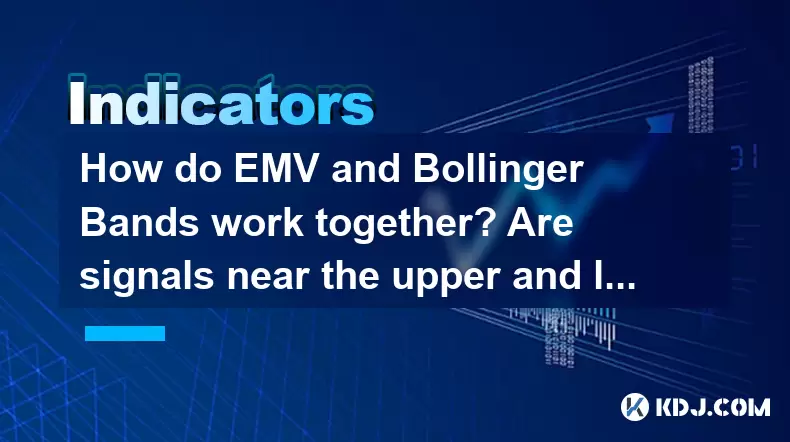
The integration of Exponential Moving Average (EMV) and Bollinger Bands in cryptocurrency trading offers a powerful tool for traders looking to enhance their decision-making process. Both indicators, when used together, can provide a more comprehensive view of market trends and potential entry and exit points. This article will explore how EMV and Bollinger Bands work together, focusing on the reliability of signals near the upper and lower rails of Bollinger Bands.
Understanding Exponential Moving Average (EMV)
Exponential Moving Average (EMV) is a type of moving average that places a greater weight and significance on the most recent data points. Unlike simple moving averages, EMV responds more quickly to recent price changes, making it a popular choice among traders for short-term trend analysis.
To calculate the EMV, you start with the following formula:
[ \text{EMV} = (\text{Price} - \text{Previous EMV}) \times \text{Multiplier} + \text{Previous EMV} ]
Where the multiplier is typically set to ( \frac{2}{(\text{Period} + 1)} ). For example, if you are using a 20-day EMV, the multiplier would be ( \frac{2}{21} \approx 0.0952 ).
Understanding Bollinger Bands
Bollinger Bands consist of a middle band being an N-period simple moving average (SMA), an upper band at K standard deviations above the middle band, and a lower band at K standard deviations below the middle band. Typically, N is set to 20 periods, and K is set to 2 standard deviations.
The formula for Bollinger Bands is as follows:
- Middle Band: 20-day SMA
- Upper Band: Middle Band + (2 Standard Deviation of the last 20 days)
- Lower Band: Middle Band - (2 Standard Deviation of the last 20 days)
Bollinger Bands help traders identify overbought and oversold conditions in the market. When prices touch or cross the upper band, the market is considered overbought, and when prices touch or cross the lower band, the market is considered oversold.
Combining EMV and Bollinger Bands
When combining EMV and Bollinger Bands, traders look for specific conditions to generate trading signals. The EMV can help identify the overall trend direction, while Bollinger Bands provide insights into market volatility and potential reversal points.
- Bullish Signal: When the price is above the EMV and touches the lower Bollinger Band, it could indicate a potential buying opportunity. The EMV being above the price suggests an upward trend, and the touch of the lower band indicates the market may be oversold.
- Bearish Signal: Conversely, when the price is below the EMV and touches the upper Bollinger Band, it could signal a potential selling opportunity. The EMV being below the price suggests a downward trend, and the touch of the upper band indicates the market may be overbought.
Reliability of Signals Near the Upper and Lower Rails
The reliability of signals generated near the upper and lower rails of Bollinger Bands can be influenced by several factors, including the overall market trend, the strength of the EMV, and the historical volatility of the cryptocurrency.
- Strong Trends: In a strong bullish or bearish market, signals near the upper or lower bands can be more reliable. For instance, in a strong uptrend, a touch of the lower band followed by a move back above the EMV can be a strong buy signal.
- Volatility: High volatility can lead to more frequent touches of the Bollinger Bands, potentially leading to false signals. Traders should consider the recent volatility when assessing the reliability of these signals.
- EMV Confirmation: The EMV can serve as a confirmation tool. If the EMV is trending in the same direction as the signal generated by the Bollinger Bands, the signal is generally considered more reliable.
Practical Example of Using EMV and Bollinger Bands
Let's consider a practical example of how a trader might use EMV and Bollinger Bands together to make a trading decision.
- Step 1: Open your trading chart and add both the EMV (set to 20 periods) and Bollinger Bands (set to 20 periods with 2 standard deviations).
- Step 2: Observe the overall trend direction indicated by the EMV. If the EMV is sloping upwards, the trend is bullish, and if it's sloping downwards, the trend is bearish.
- Step 3: Look for the price to touch or cross the Bollinger Bands. If the price touches the lower band and the EMV is above the price, it could be a buying opportunity.
- Step 4: Confirm the signal by waiting for the price to move back above the EMV after touching the lower band. This confirms the potential upward movement.
- Step 5: Execute your trade based on the confirmed signal and set appropriate stop-loss and take-profit levels.
Analyzing the Reliability of Signals Near the Rails
To further analyze the reliability of signals near the upper and lower rails, traders can backtest their strategy using historical data. This involves:
- Step 1: Collect historical price data for the cryptocurrency you are interested in.
- Step 2: Apply the EMV and Bollinger Bands to the historical data.
- Step 3: Identify instances where the price touched the upper or lower band and the EMV confirmed the signal.
- Step 4: Calculate the success rate of these signals by comparing the subsequent price movements to the entry and exit points suggested by the strategy.
- Step 5: Adjust the parameters of the EMV and Bollinger Bands if necessary to optimize the strategy's performance.
Factors Affecting Signal Reliability
Several factors can affect the reliability of signals generated by the combination of EMV and Bollinger Bands:
- Market Conditions: Different market conditions, such as trending markets versus ranging markets, can impact the effectiveness of these signals.
- Time Frame: The reliability of signals can vary depending on the time frame used. Shorter time frames may generate more signals but with potentially lower reliability, while longer time frames may offer more reliable signals but with fewer opportunities.
- Cryptocurrency Volatility: Cryptocurrencies with higher volatility may produce more frequent touches of the Bollinger Bands, which could lead to more false signals.
Frequently Asked Questions
Q1: Can EMV and Bollinger Bands be used for all cryptocurrencies?
Yes, EMV and Bollinger Bands can be applied to any cryptocurrency. However, the effectiveness of these indicators can vary depending on the specific characteristics and volatility of each cryptocurrency.
Q2: How often should I adjust the parameters of EMV and Bollinger Bands?
The parameters should be adjusted based on backtesting results and market conditions. It's advisable to periodically review and adjust the parameters to optimize the strategy's performance.
Q3: Are there other indicators that can be used in conjunction with EMV and Bollinger Bands?
Yes, other indicators such as the Relative Strength Index (RSI) or the Moving Average Convergence Divergence (MACD) can be used alongside EMV and Bollinger Bands to further refine trading signals and increase their reliability.
Q4: How can I mitigate the risk of false signals when using EMV and Bollinger Bands?
To mitigate the risk of false signals, consider using additional confirmation indicators, setting appropriate stop-loss levels, and not relying solely on these indicators for trading decisions. Diversifying your trading strategy with multiple indicators and analysis methods can also help reduce the impact of false signals.
Disclaimer:info@kdj.com
The information provided is not trading advice. kdj.com does not assume any responsibility for any investments made based on the information provided in this article. Cryptocurrencies are highly volatile and it is highly recommended that you invest with caution after thorough research!
If you believe that the content used on this website infringes your copyright, please contact us immediately (info@kdj.com) and we will delete it promptly.
- Cryptocurrency, Altcoins, and Profit Potential: Navigating the Wild West
- 2025-08-04 14:50:11
- Blue Gold & Crypto: Investing Disruption in Precious Metals
- 2025-08-04 14:30:11
- Japan, Metaplanet, and Bitcoin Acquisition: A New Era of Corporate Treasury?
- 2025-08-04 14:30:11
- Coinbase's Buy Rating & Bitcoin's Bold Future: A Canaccord Genuity Perspective
- 2025-08-04 14:50:11
- Coinbase's Buy Rating Maintained by Rosenblatt Securities: A Deep Dive
- 2025-08-04 14:55:11
- Cryptos, Strategic Choices, High Returns: Navigating the Meme Coin Mania
- 2025-08-04 14:55:11
Related knowledge
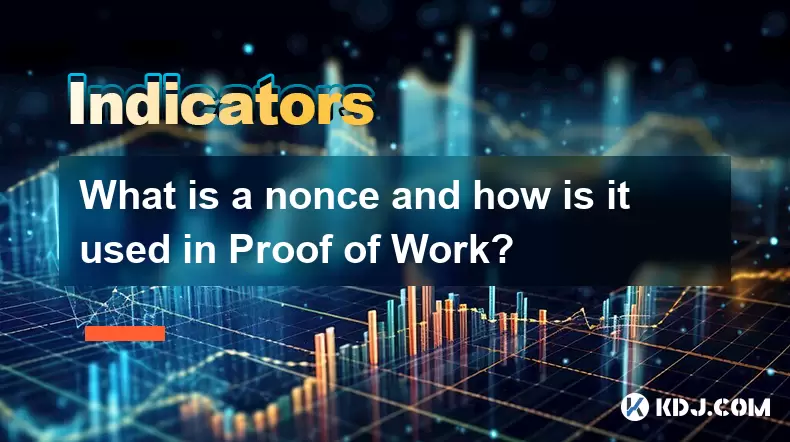
What is a nonce and how is it used in Proof of Work?
Aug 04,2025 at 11:50pm
Understanding the Concept of a Nonce in CryptographyA nonce is a number used only once in cryptographic communication. The term 'nonce' is derived fro...
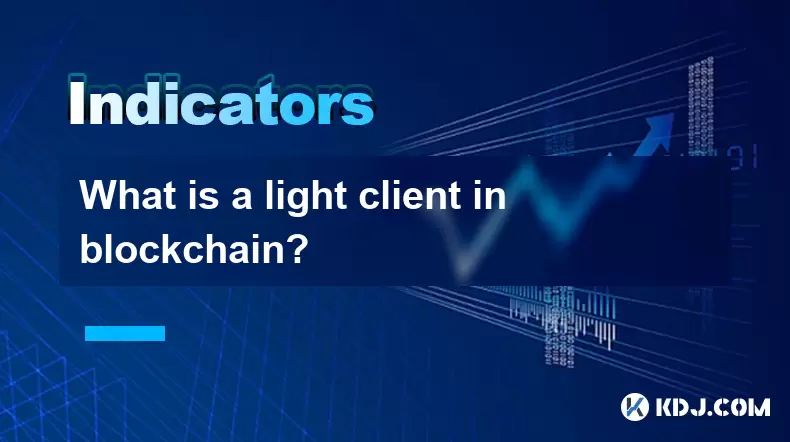
What is a light client in blockchain?
Aug 03,2025 at 10:21am
Understanding the Role of a Light Client in Blockchain NetworksA light client in blockchain refers to a type of node that interacts with the blockchai...
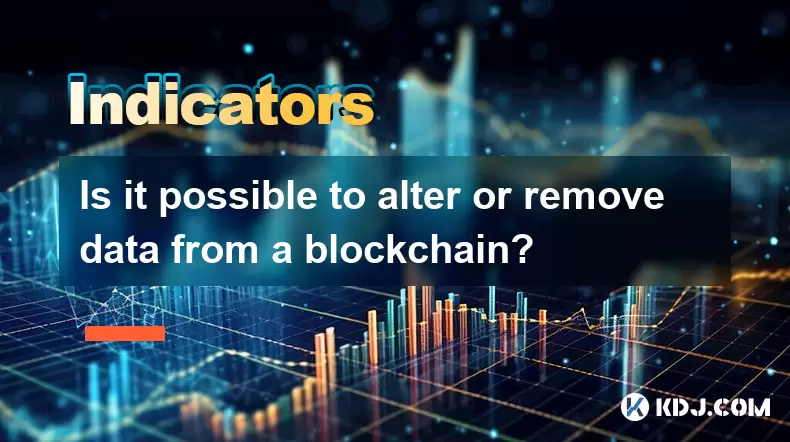
Is it possible to alter or remove data from a blockchain?
Aug 02,2025 at 03:42pm
Understanding the Immutable Nature of BlockchainBlockchain technology is fundamentally designed to ensure data integrity and transparency through its ...
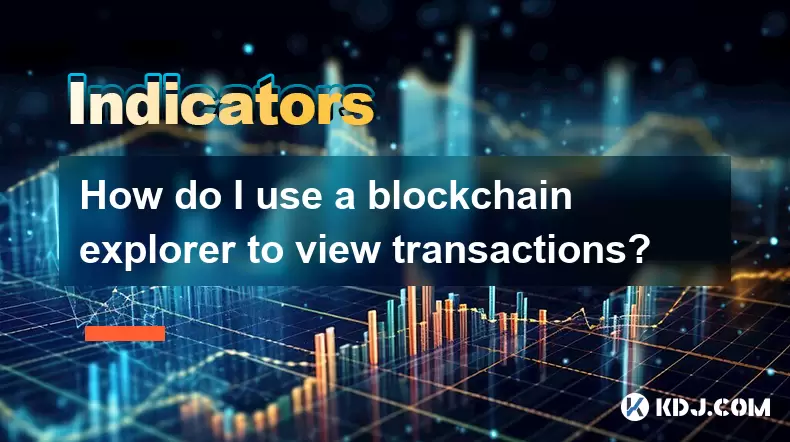
How do I use a blockchain explorer to view transactions?
Aug 02,2025 at 10:01pm
Understanding What a Blockchain Explorer IsA blockchain explorer is a web-based tool that allows users to view all transactions recorded on a blockcha...
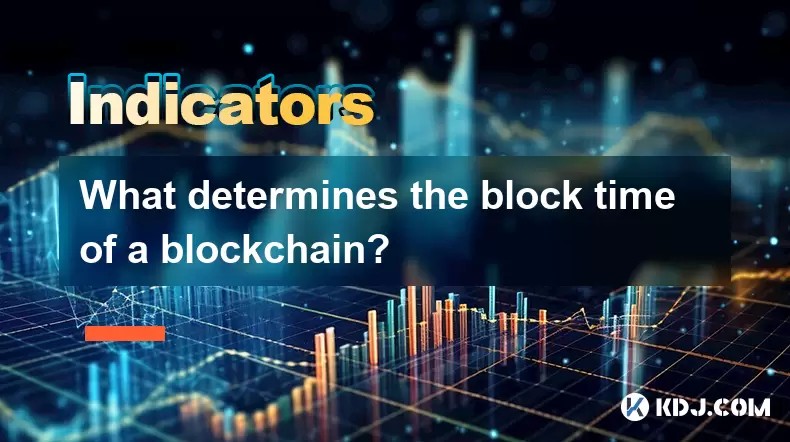
What determines the block time of a blockchain?
Aug 03,2025 at 07:01pm
Understanding Block Time in Blockchain NetworksBlock time refers to the average duration it takes for a new block to be added to a blockchain. This in...
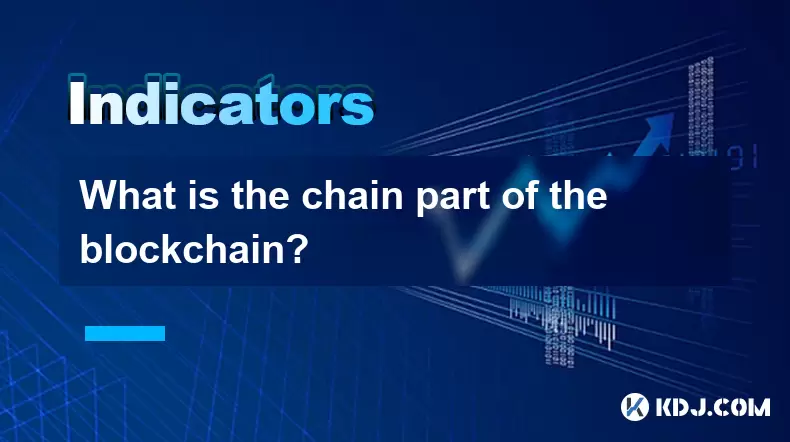
What is the chain part of the blockchain?
Aug 02,2025 at 09:29pm
Understanding the Concept of 'Chain' in BlockchainThe term 'chain' in blockchain refers to the sequential and immutable linkage of data blocks that fo...

What is a nonce and how is it used in Proof of Work?
Aug 04,2025 at 11:50pm
Understanding the Concept of a Nonce in CryptographyA nonce is a number used only once in cryptographic communication. The term 'nonce' is derived fro...

What is a light client in blockchain?
Aug 03,2025 at 10:21am
Understanding the Role of a Light Client in Blockchain NetworksA light client in blockchain refers to a type of node that interacts with the blockchai...

Is it possible to alter or remove data from a blockchain?
Aug 02,2025 at 03:42pm
Understanding the Immutable Nature of BlockchainBlockchain technology is fundamentally designed to ensure data integrity and transparency through its ...

How do I use a blockchain explorer to view transactions?
Aug 02,2025 at 10:01pm
Understanding What a Blockchain Explorer IsA blockchain explorer is a web-based tool that allows users to view all transactions recorded on a blockcha...

What determines the block time of a blockchain?
Aug 03,2025 at 07:01pm
Understanding Block Time in Blockchain NetworksBlock time refers to the average duration it takes for a new block to be added to a blockchain. This in...

What is the chain part of the blockchain?
Aug 02,2025 at 09:29pm
Understanding the Concept of 'Chain' in BlockchainThe term 'chain' in blockchain refers to the sequential and immutable linkage of data blocks that fo...
See all articles

























































































